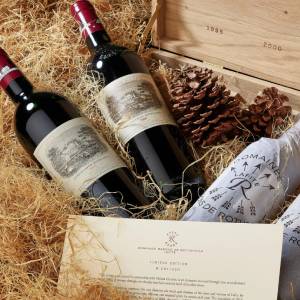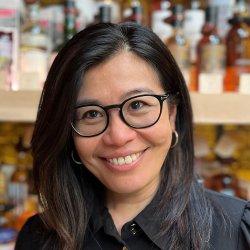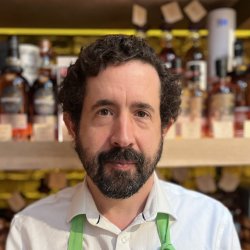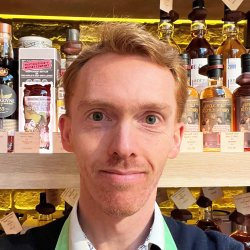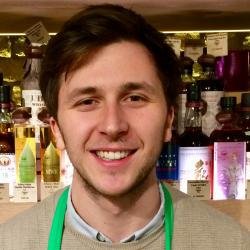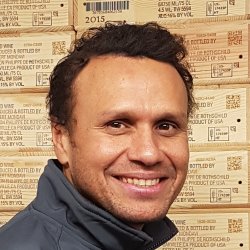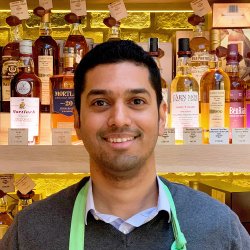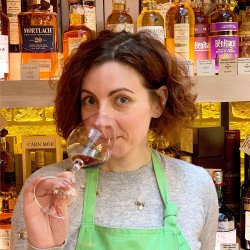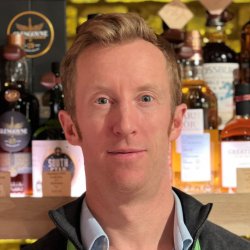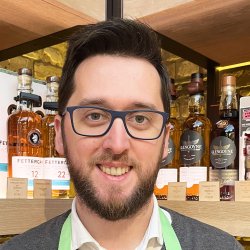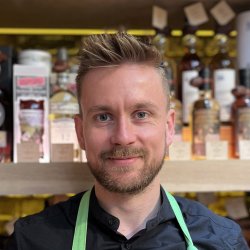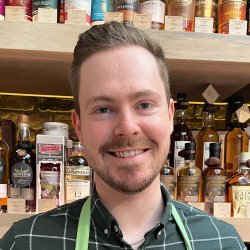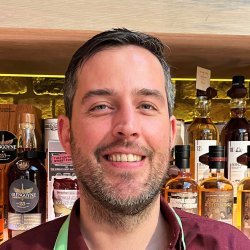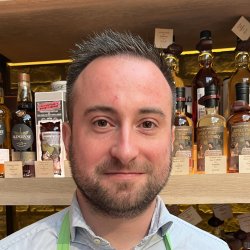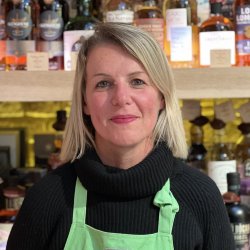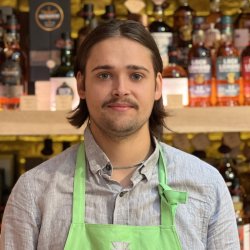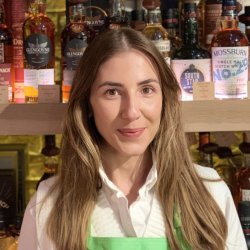Hedonism Meets... Caroline Frey
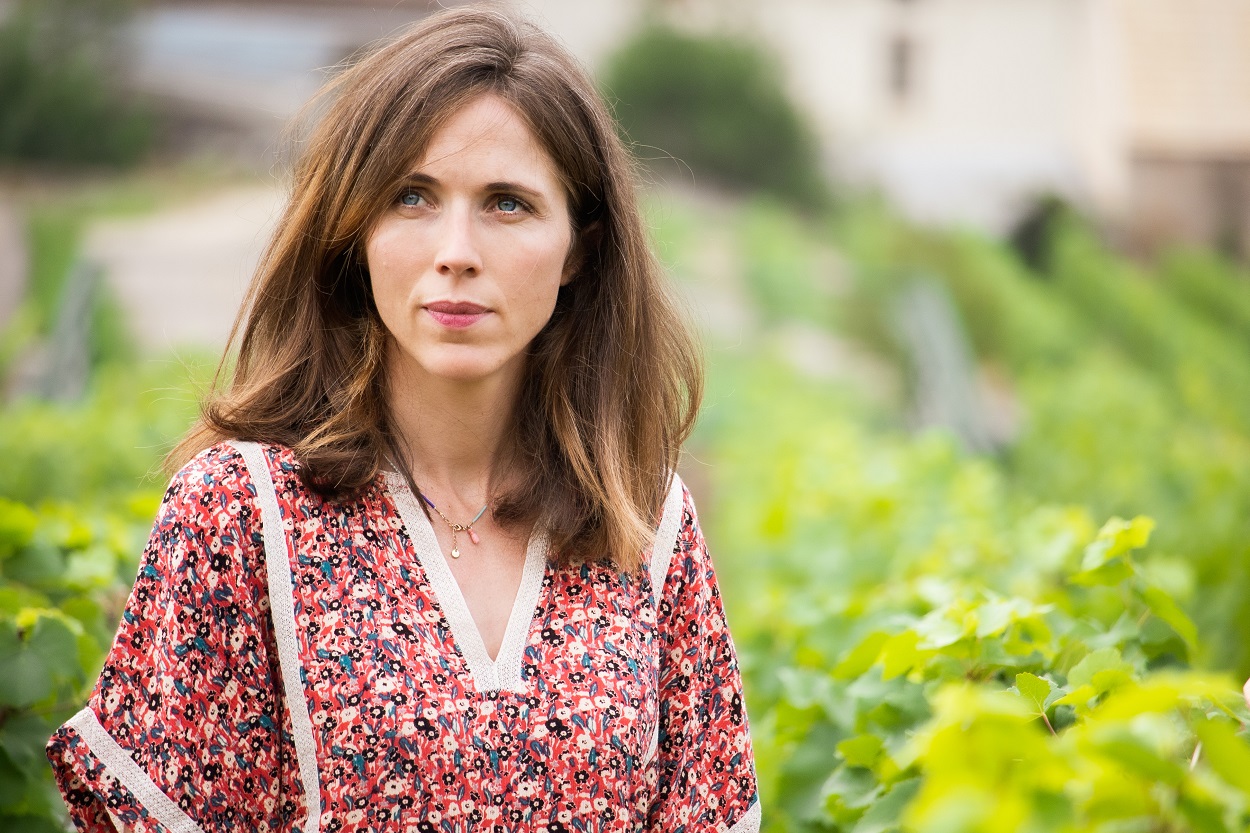
Hedonism Wines catches up with Caroline Frey, owner and viticulturist at the helm four prestigious estates including Château la Lagune (Bordeaux), Château Corton C. in Aloxe-Corton (Burgundy), Maison Paul Jaboulet Aîné (Northern Rhône Valley) and two hectares in the Swiss Valais.
With a prestigious third growth estate in Bordeaux, Château La Lagune, two world-class Burgundy and Rhône valley estates, Château Corton C. and Paul Jaboulet Aîné, in addition to 2ha in the Swiss Valais, the world of wine was clearly your calling. Can you tell us a little about your illustrious career to date?
I grew up in the vineyards. My father, Jean-Jacques Frey bought his first hectares of vines in Champagne in the 1980s. As a child, I enjoyed nature and the outdoors. My passion continued in a career where I could be close to nature. I studied at the Faculty of Oenology of Bordeaux and graduated top of my class. While intuition is in my DNA, my oenology degree provided me with the fundamentals.
The first two vintages I made were white wines: 2002 and 2003 at Denis Dubourdieu’s Clos Floridène and Reynon Blanc. I learned a lot from Denis and remained very close to him until his death. I always have his voice to guide me in moments of doubt. He always said that once you know how to make great white wines, you know how to make great red wines. The whites are more fragile - when you make a mistake you can’t go back.
My father had the opportunity to acquire Château La Lagune in 1999. In 2004, I worked with the legendary wine consultant, Dennis Dubourdieu and produced my first complete vintage of La Lagune 2004. It was the start of a beautiful journey of learning everything about the region, soil, terroir and climate. Slowly but surely, using know-how, tradition and by studying each parcel and its soil, complexity and potential, I was able to make decisions on every level. I have worked closely with the team to stop using pesticides and herbicides from 2004 onwards and to progressively revive the estate.
In 2006, the acquisition of the Paul Jaboulet Aîné vineyards in the Rhône brought a new challenge. We achieved organic certification in 2016 and the vineyard is worked biodynamically. Château Corton C was purchased in 2015 and made its first organically certified wine in 2021. Château La Lagune achieved organic certification in 2016 and has completed conversion to biodynamics.
I was humbled to receive the insignia of Chevalier de l’Ordre National du Mérite in 2017 in recognition of my committed work in agriculture, viticulture and reducing environmental impact and protecting indigenous and migrant bird species on all my estates. We have also carried out projects with LPO France [the League for the Protection of Birds in France] across our estates.
In November 2021, my remarkable team at Jaboulet and I won The Amorim Biodiversity Prize at The Drinks Business Green Awards. Château La Lagune was also granted the Certification Biodyvin, becoming the 10th Bordeaux Château to be accepted by the International Biodynamic Vinegrowing Syndicate, Biodyvin.
What are the challenges of being a female viticulturist and winemaker?
Being a woman in the wine industry is definitely not an issue for me. Every day spent cultivating the vineyard is always a delight. Our values are there, in the cultivation of the land. Each vintage we have new projects to always improve ourselves. This is what motivates me every day: trying to understand our vines and terroirs a little more and to do better. As a woman, it seems to me that we need to do more to gain legitimacy, but that suits me well because I am rather a perfectionist.
The gender issue is interesting. I would say that my greatest advantage as a woman in working with vines and wine is my maternal instinct. The desire to take care of our vines as we do with our children means that we forget how hard the work is. It is a long-term vision and a lifelong commitment - like raising our children.
“La Lagune 1990 is one of the finest successes of the vintage”
Here at Hedonism we stock a wonderful range of La Lagune vintages, from 1969 through to 2019. What are the stand out La Lagune vintages to look out for in your opinion?
La Lagune 1990 is one of the finest successes of the vintage. I had the chance to drink a bottle recently with [leading French wine critic] Michel Bettane who had chosen this vintage for our dinner at La Lagune. 1983 is a vintage that I have always liked a lot; it is a delicious wine, and is a somewhat forgotten vintage after the famous ’82. As for more recent vintages, my favourites are the 2016 and 2020.
Owner, viticulturist and winemaker – what does a typical work day involve? How do you split your time between your different estates?
What I like is that I don't have a typical day! I split myself between my 4 vineyards, and I devote my time to the vineyard and the cellar. That's what excites me. I make very few promotional trips and delegate the marketing of my wines to my teams, who do an excellent job. You can't do everything so I chose to devote myself to what I like the most: working the vines and the wine.
My work covers the entire yearly vegetative cycle of the vine from budburst to the harvest, working closely with the team in each estate. The harvest is the critical time of the year. It is an intense sport (much like my mountain marathon runs). I travel between the 4 vineyards to follow and taste and measure the grapes parcel by parcel to assess grape maturity with my team in stages according to the varietals and age of the vines.
It’s a matter of taste, skill, and awareness that lies behind harvest date decisions: the white grapes in Jaboulet followed by the young Syrah parcels, then the Merlot in Bordeaux and back to Bourgogne white. Then it’s time for the Petit Arvine in Switzerland, then I taste and decide to harvest the Petit Verdot in Bordeaux and lastly the Cabernet Sauvignon…

“In Burgundy, the terroirs are fascinating and each wine must tell its own story”
Located in the village of Aloxe-Corton, Burgundy, can you tell us a little about the wines produced on the 7ha of Château Corton C.?
Château Corton C overlooks the Aloxe-Corton vineyards and has a 7-hectare vineyard spanning the prestigious Corton, Corton-Charlemagne, Meursault, Volnay and Pommard appellations from which we exclusively produce estate wines. From the outset we decided to keep our wine production limited in order to preserve its full quality. In Burgundy, the terroirs are fascinating and each wine must tell its own story.
Responsible for a group of such prestigious wine estates, you have achieved the impressive feat of transitioning to organic and biodynamic practices. Can you tell us a little about what this has involved?
Each region functions differently on a human as well as a viticultural level. You need to be open to learn and adapt. What works in Bordeaux does not always work in Burgundy or the Rhône and I make time to explain this to the consumer and the wine professionals.
Climate change can be complicated. The most important thing that we need to pay attention to is the health of the soil. With long droughts or heavy rainfall, if the soil is in good health and rich in humus [organic material], then we see better resistance during changing climatic conditions, allowing for the production of good quality grapes.
Biodynamic practices seek to create a link between the soil, plant and animal world, to restore the unity of ecosystems and to stimulate exchanges between the different levels. I have always been aware that broader interactions exist. This is why we have initiated biodiversity projects in La Lagune, Jaboulet and in Corton C. The solution is always found in balance and harmony.
“We are very lucky because in our business, everything we do to preserve nature, the land and biodiversity helps us make better wines”
Turning to the Rhône Valley – here at Hedonism we are in love with the historic wines of Hermitage La Chapelle. Can you tell us a little about how the estate came to be in the hands of the Frey family?
It was an incredible opportunity to take on the destiny of the Paul Jaboulet Ainé house, with its family values and history dating back to 1834. My immediate focus when we arrived in 2006 was on preservation viticulture - the best approach for the terroir, the wines and the future. We are very lucky because in our business, everything we do to preserve nature, the land and biodiversity helps us make better wines. It is a virtuous circle: our choices today will be reflected in the land and the wines of tomorrow.
La Chapelle Hermitage is a unique terroir; we must preserve it and pass it on so that the miracle continues. From the stoniest plots of Méal, Bessards, Rocoules, Greffieux, the excellent balance and depth of La Chapelle is only to be found in the final blend. We don't make a great wine - we just give it the means to reveal itself.
In 2021, Domaines Paul Jaboulet Aîné was awarded The Amorim Biodiversity Award at The Drinks Business Green Awards 2021. Can you tell our readers a bit more about this award? Why was this an important recognition for your work?
Winning the Amorim Biodiversity Prize at The Drinks Business Green Awards was very important to me and the team. The award recognizes our 15 years of commitment to respecting our terroirs and biodiversity as well as our remarkable projects.
Getting down to the nitty gritty, what changes have you been making to future-proof your vineyards against climate change?
We have been looking at future-proofing the vineyard in light of climate change, placing emphasis on soil health and humus formation including:
- Planting 1,000 hedges, a fruit orchard and green cover crop at La Lagune - all contribute to soil health.
- Plans to experiment with rare ancient Bordeaux varieties including Castets and Manning Noir at La Lagune.
- Eco-friendly waste management and recyclable lightweight packaging across all the estates.
- Establishing havens of biodiversity on the outskirts of the Jaboulet vineyards - creating a symbiotic relationship between wild and cultivated land.

With such a range of stellar wines produced across your portfolio of estates, this is bound to prove a tricky question: If you had to choose, what would be your go-to wine? What food would you pair it with?
One of the qualities that fascinates me the most in the great wines I produce is their ability to improve over time - I try to do the same thing… My wines represent their land, so it is hard for me to choose one.
I like simple food and wine pairings. My cooking is always based on the quality of products. I like my vegetables to have flavour, and most of them come from my garden. I pick up my meat or poultry at the farm. I like dishes that simmer for a long time. Beef Bourguignon for example, or Parmigiana or Jota, a Slovenian dish. The dish I use the most in the kitchen is my large Le Creuset casserole dish. Long cooking releases a lot of aromas and texture, which goes very well with great wines.

